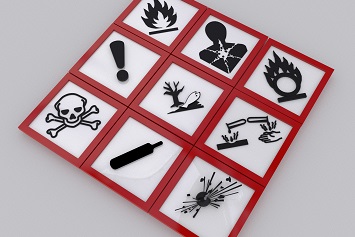The Occupational Safety and Health Administration’s (OSHA) Hazard Communication Standard gives workers the right to know about the chemicals and chemical hazards in their workplace. But is knowing enough? This was the question addressed by Ann Lindsey, Vice President of Decision Point Associates, at the American Society of Safety Professionals’ (ASSP) Safety 2018 Conference and Exposition held in San Antonio, Texas.
Lindsey believes that knowing the chemicals and the hazards they pose is not enough but that workers must be trained to understand the hazards in order to work safely with chemicals. This is why Lindsey makes sure all the workers leave her training sessions with an understanding of very specific information related to the physical and health hazards of chemicals.
What to Understand
When it comes to physical hazards, Lindsey believes that workers should have a good understanding of vapor density, flash point, specific gravity, and pH. An understanding of these basic chemical characteristics will allow workers to better use the chemical data available to them on a safety data sheet and to have a better understanding of where the highest risks exist.
For health hazards, Lindsey believes that understanding dose, duration of exposure, warning statements, pathways of exposure, target organs, and how certain chemicals can harm an individual is crucial to keeping workers safe. Knowing and understanding this information can help you prevent exposure, and in the event of exposure, it can help you make the link between the exposure and any adverse health effect you may be experiencing. This information can be crucial to relay to your doctor so that you can get the correct treatment.
How to Get to Understanding
Wanting employees to understand this information is one thing, but how can you train them to understand? According to Lindsey, the answer to that question is to make them care. Make it personal by relating this information to home safety. Link this information to chemicals and situations in the home and how it could impact the workers’ family at home. Once they care, they will make the effort to understand, and they will start asking questions. As a safety professional, these are the questions you want to hear because it means your workers understand the risks associated with the chemicals they are using and are seeking to manage those risks.

